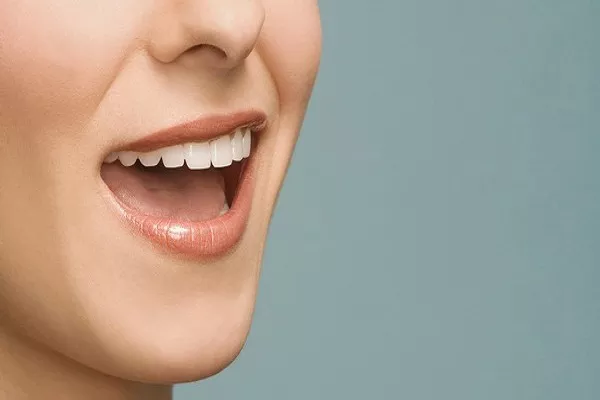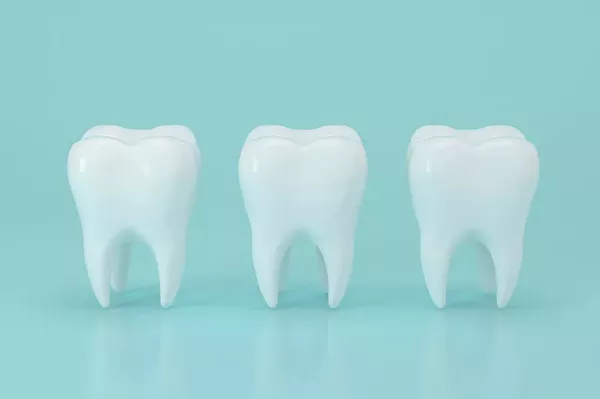Ancient Teeth Unlock Centuries-Old Antibodies
Researchers have uncovered the potential of ancient teeth to preserve antibodies for extended periods. This breakthrough offers a valuable tool for delving into the historical context of human infectious diseases.
Antibodies, pivotal proteins generated by the immune system in response to pathogens, can now be examined from 800-year-old medieval human teeth. Remarkably, these extracted antibodies remain stable and retain the ability to recognize viral proteins.
The study, led by Professor Robert Layfield and research technician Barry Shaw from the University of Nottingham’s School of Life Sciences, in collaboration with Professor Anisur Rahman and Dr. Thomas McDonnell from University College London, marks an expansion in the realm of palaeoproteomics. This advancement enables researchers to trace the evolution of human antibody responses throughout history.
Palaeoproteomics has already demonstrated its capability to unearth ancient proteins, with findings ranging from dental enamel in a 1.7-million-year-old rhinoceros to a 6.5-million-year-old ostrich eggshell. Additionally, preliminary evidence suggests that antibodies remain stable even in mammoth bones nearly 40,000 years old.
Previously, the Nottingham team employed this science to analyze disease-associated proteins extracted from archaeological human bones and teeth. This approach enabled them to identify a distinct ancient manifestation of the skeletal disorder Paget’s disease.
Professor Layfield remarked, “In discovery science, we come to expect the unexpected, but the realization that intact, functional antibodies can be purified from skeletal remains in the archaeological record was quite astonishing.”
Professor Rahman added, “Antibodies are different because we are able to test whether they can still do their job of recognizing viruses or bacteria even after hundreds of years. In this case, we found that antibodies from medieval teeth were able to recognize the Epstein-Barr virus, which causes glandular fever. In the future, it could be possible to look at how antibodies from ancient specimens react to diseases present during those periods, such as the Black Death.”
Related Topics:































